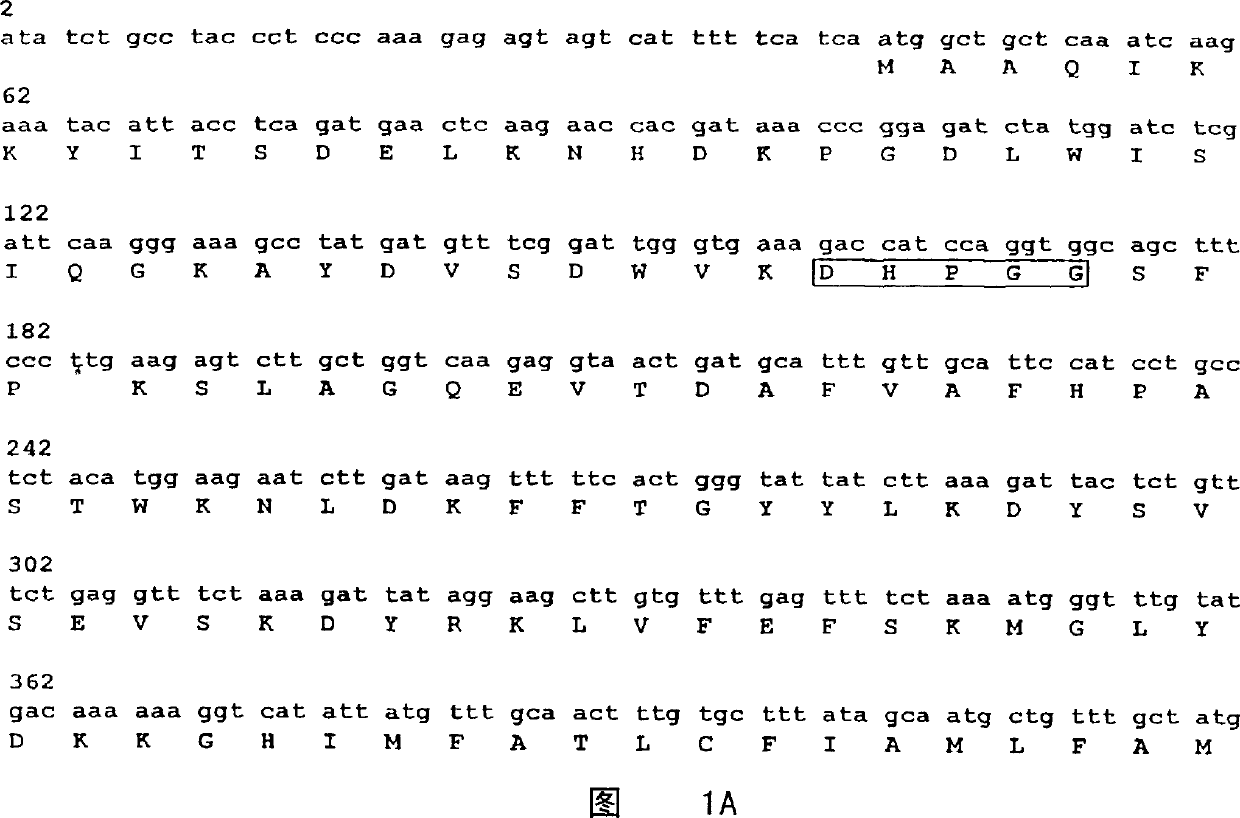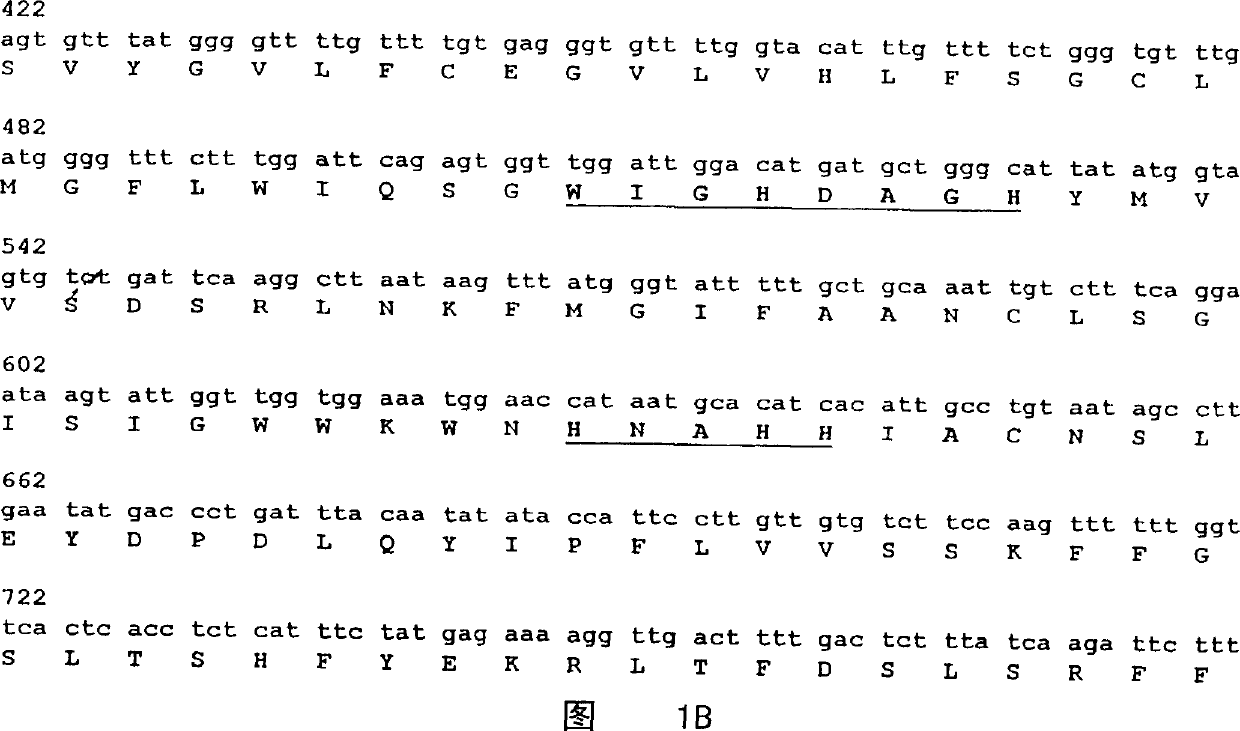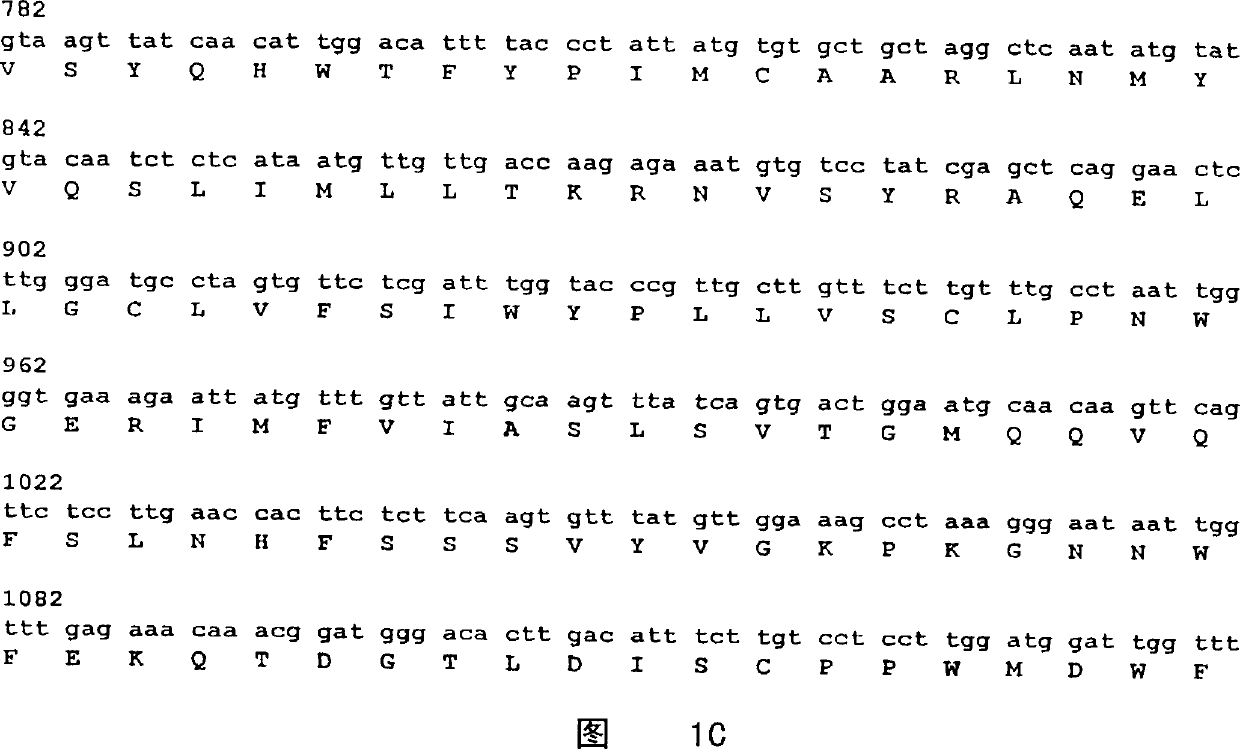An oleosin 5' regulatory region for the modification of plant seed lipid
A technology of oleosin and regulatory regions, which is applied in the direction of using vectors to introduce foreign genetic material, cells and plant peptides modified by introducing foreign genetic material, and can solve the problem of lack of Δ6-desaturase activity and other problems
- Summary
- Abstract
- Description
- Claims
- Application Information
AI Technical Summary
Problems solved by technology
Method used
Image
Examples
Embodiment 1
[0079] Isolation of membrane-bound polyribosomal RNA and construction of borage cDNA library
[0080] Membrane-bound polysomes were isolated 12 days after pollination (12DPP) from borage seeds using the method established for pea by Larkins and Davies (1975 Plant Phys. 55:749-756). RNA was extracted from polysomes as described by Mechler (1987, Methods in Enzymology 152:241-248, Academic Press). With Oligotex-dT TM Beads (Qiagen) to isolate Poly-A from membrane-bound polysomal RNA + RNA.
[0081] The corresponding cDNA was prepared with Stratagene's ZAP cDNA synthesis kit. The cDNA library was constructed into the λZAP II vector using the λZAP II kit. Primary libraries were packaged with Gigapack II Gold packaging extract (Stratagene).
Embodiment 2
[0083] Isolation of Δ6-desaturase cDNA from Borage
[0084] hybridization program
[0085] The amplified borage cDNA library was seeded at low density (500 pfu on 150 mm Petri dishes). High levels of seed storage protein cDNA were reduced (subtracted from total cDNA) by screening for corresponding cDNA.
[0086] (1994, Current Protocols in Molecular Biology, Wiley Interscience, N.Y.) using the random guided DNA synthesis technique described by Ausubel et al. (1994, Current Protocols in Molecular Biology, Wiley Interscience, N.Y.) produces the hybridization probe that is used for screening borage cDNA library, and with the seed storage protein cDNA of abundant expression that has identified before correspond. Unbound nucleotides were removed using a G-50 spin column (Boehringer Manheim). Hybridization probes were denatured by boiling in a water bath for 5 minutes, followed by rapid cooling on ice. The nitrocellulose filter carrying the immobilized recombinant p...
Embodiment 3
[0125] Generation of transgenic plants and preparation and analysis of fatty acid methyl esters (FAME)
[0126] Tobacco (Nicotiana tabacum cv. xanthi ), only the initial transformants were selected on 100 μg / ml kanamycin.
[0127] Freeze transgenic plant tissue in liquid nitrogen and lyophilize overnight. FAMEs were prepared as described in Dahmer et al., (1989) J. Amer. Oil. Chem. Soc. 66:543-548. In some cases, the solvent was evaporated again and the FAMEs were resuspended in ethyl acetate and extracted once with deionized water to remove all water-soluble contaminants. FAMEs were analyzed by Tracor-560 gas liquid chromatography as previously described (Reddy et al., 1996 Nature Biotech. 14:639-642).
[0128] As shown in Figure 3, transgenic tobacco leaves containing borage cDNA produced GLA and stearidonic acid (OTA) (18:4 Δ6, 9, 12, 15). These results thus demonstrate that the isolated cDNA encodes a borage Δ6-desaturase.
PUM
 Login to View More
Login to View More Abstract
Description
Claims
Application Information
 Login to View More
Login to View More - R&D
- Intellectual Property
- Life Sciences
- Materials
- Tech Scout
- Unparalleled Data Quality
- Higher Quality Content
- 60% Fewer Hallucinations
Browse by: Latest US Patents, China's latest patents, Technical Efficacy Thesaurus, Application Domain, Technology Topic, Popular Technical Reports.
© 2025 PatSnap. All rights reserved.Legal|Privacy policy|Modern Slavery Act Transparency Statement|Sitemap|About US| Contact US: help@patsnap.com



